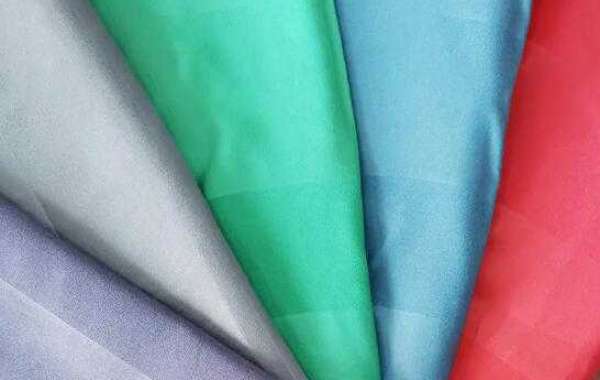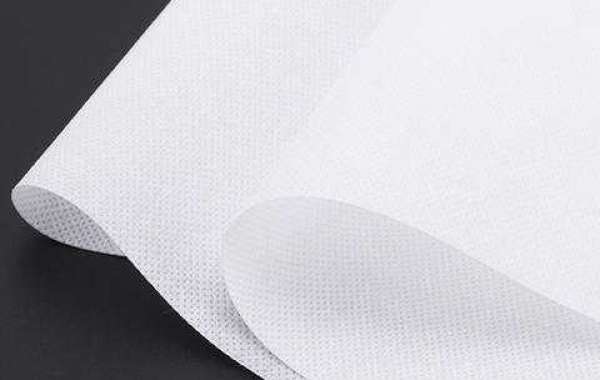Home Textile Fabrics Supplier introduces the types and uses of functional home textile fabrics:
1. Antistatic home textile fabric
In the field of home textiles, synthetic fibers make up for the shortage of natural fibers and are used in large quantities, but their moisture absorption is poor and they are easy to accumulate static electricity. Fire. Therefore, people hope that textiles can have antistatic properties, that is, the fabric itself can eliminate static electricity. There are two current antistatic methods: one is to carry out antistatic finishing to the fabric, in which antistatic finishing agent is used in the finishing to introduce a layer of hydrophilic film on the surface of the fiber, which can improve the moisture absorption of the fabric and reduce the coefficient of friction And the surface specific resistance; the second is to first make the fibers into conductive fibers, and then weave the conductive fibers into fabrics. Antistatic fabrics have been well used in home textile products such as bedding and curtains.
2. Antibacterial home textile fabrics
Textile fabrics with antibacterial function play an extremely important role in preventing the invasion of germs. Daily necessities made of antibacterial functional textile fabrics have gradually attracted people's attention, and with the development of science and technology, they have been widely and deeply radiated to the details of life. middle. For example, textiles and household items made of anti-mite and anti-bacterial fibers can not only inhibit mites and repel mites, effectively prevent the occurrence of dust mites-related skin diseases, but also anti-bacterial and inhibit the reproduction of bacteria, so as to improve people’s living environment. Purpose. Antibacterial home textiles can be obtained by finishing coating or resin treatment on the fabric. This finishing technique is commonly used for natural pure textiles. It is also possible to add the antibacterial agent to the fiber stock solution for blending and spinning, or to graft common fibers with an antibacterial agent to prepare antibacterial fibers, and then weave the antibacterial fibers to obtain antibacterial home textiles. Currently widely used antibacterial products include bedding, cotton, bed sheets, towels, towel quilts, cotton blankets, carpets, bathrobes, rags, sofas, wall coverings, mops, tablecloths, napkins, shower curtains, etc.
3. Anti-ultraviolet home textile fabric
Ultraviolet rays are harmful to the human body. If people are exposed to ultraviolet rays for a long time, dermatitis, pigmentation, accelerated skin aging, and even cancer will occur. If textiles can be made into anti-ultraviolet textiles, the harm to the human body will be greatly reduced. There are two treatment methods for anti-ultraviolet radiation: one is finishing method; the other is to directly make anti-ultraviolet fiber, and then weave the fiber into fabric. The so-called anti-ultraviolet fiber is an anti-ultraviolet fiber made by melt-spinning an ultraviolet shielding agent. The matrix contains synthetic fiber or artificial fiber. The fabric of this fiber has a UV shielding rate of more than 95%, which is suitable for making curtains and other household anti-ultraviolet fibers. textile.
Through the above introduction, Dyeing Fabric Company hopes that you can simply refer to the content of this article in future use.







